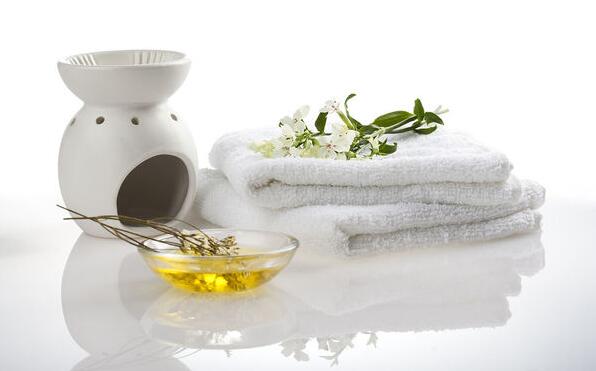 The difference between natural spirulina and artificial spirulina
The difference between natural spirulina and artificial spirulinaChenghai Lake, Lijiang, Yunnan, is the only lake in China that produces natural spirulina. The Green A brand has the world's largest base and the best quality standards. In addition, there are many regions in China that use alkaline water and water to add artificial substances for artificial breeding. Click on the picture to go to the next page >> 8 prescriptions for Lishui septic ...
 Spirulina Weight Loss Secret Spirulina Weight Loss Effect
Spirulina Weight Loss Secret Spirulina Weight Loss EffectSpirulina Weight Loss Secret Spirulina Weight Loss Effect...
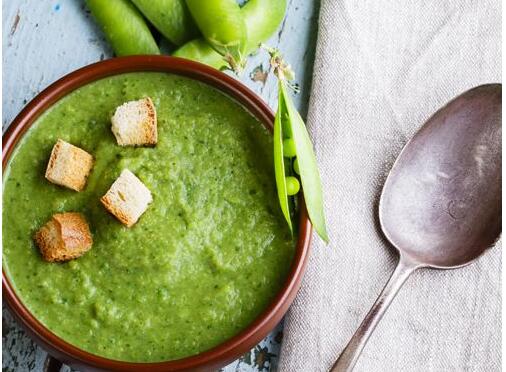 Spirulina lose weight, easily get rid of a fat
Spirulina lose weight, easily get rid of a fatSo how can we achieve a healthy and easy weight loss slimming effect? In addition to strengthening exercise and eating high-calorie, high-fat foods, you may wish to try Spirulina. Spirulina How can we achieve a healthy and easy weight loss slimming effect? In addition to strengthening exercise, eating high-calorie, high-fat foods, you may also try to take spirulina. ...
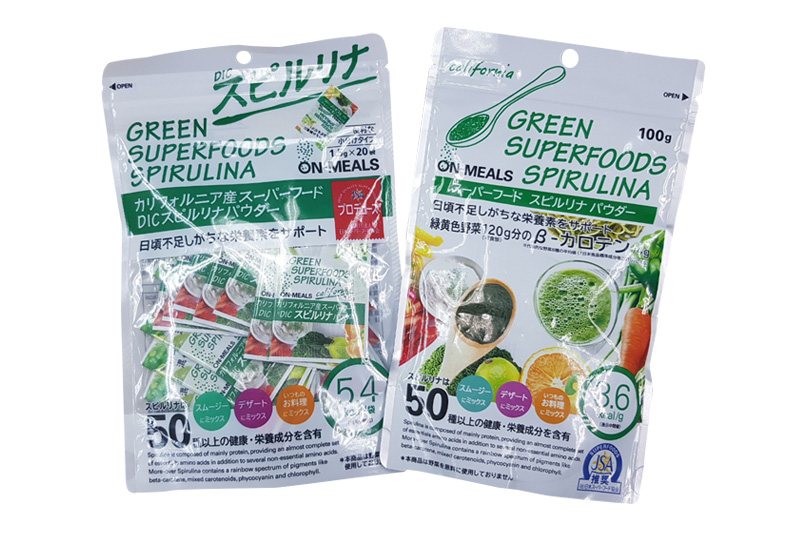 where to buy spirulina
where to buy spirulinaWhere can I buy the best SPIRULINA? There's no doubt you can get it here. ...
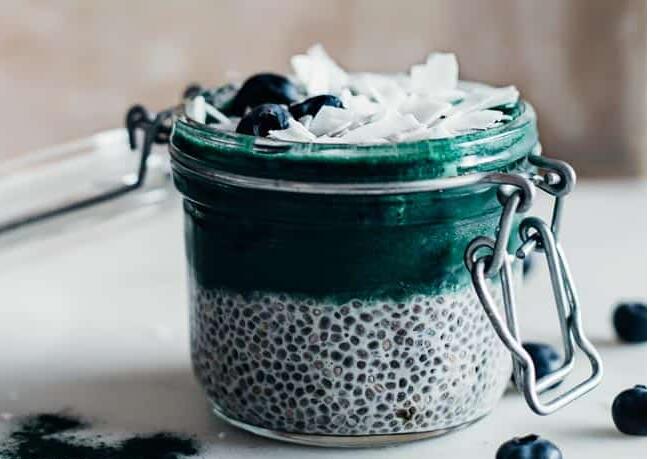 The role and efficacy of spirulina What are the benefits of eating spirulina
The role and efficacy of spirulina What are the benefits of eating spirulinaSpirulina, a class of lower plants, belongs to the cyanobacteria and the algae family. Like bacteria, they have no real nuclei in cells, so they are also called cyanobacteria. Spirulina is rich in various nutrients such as proteins required by the human body. Do you know the effects and functions of spirulina? Let’s take a look at the benefits of eating spirulina! Spirulina efficient The role...
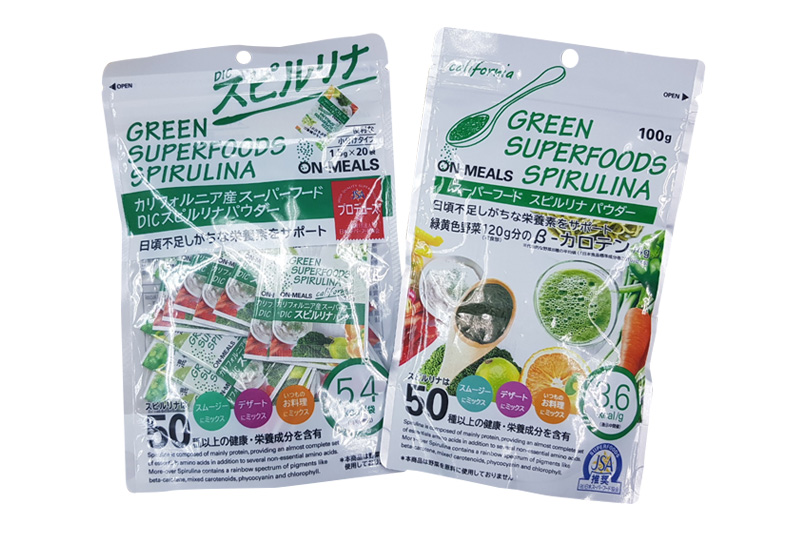 Spirulina
SpirulinaMulticellular algae, cylindrical spiral filaments, solitary or clustered, algal filaments 5-10 μm in diameter, apex blunt, 2-7 helices. The algae can vibrate and rotate, often rotating like a vertical axis and crawling forward. The cell contents are uniform and there is no real nuclei. The algal body is a non-branched filament composed of a single line of cells, and the colloidal sheath has no o...
Sign up to receive exclusive promotions and health recipes via email.

